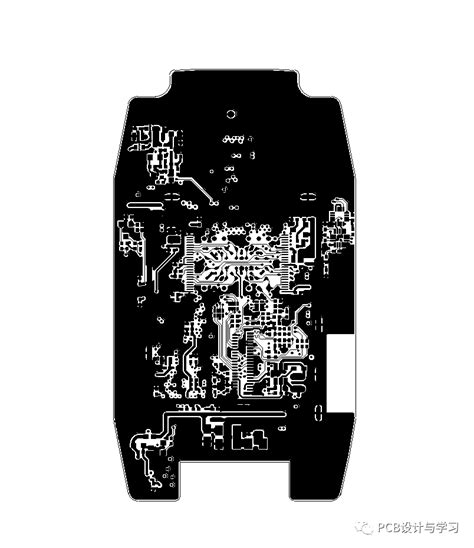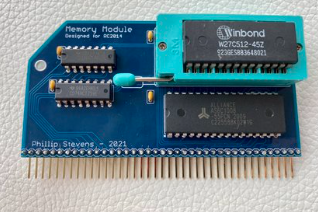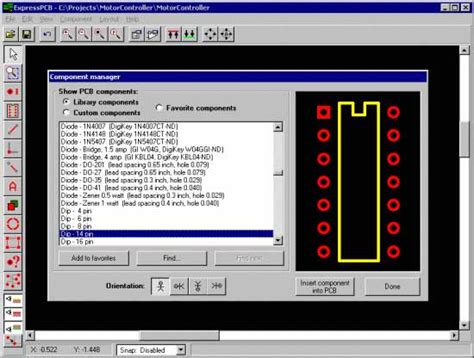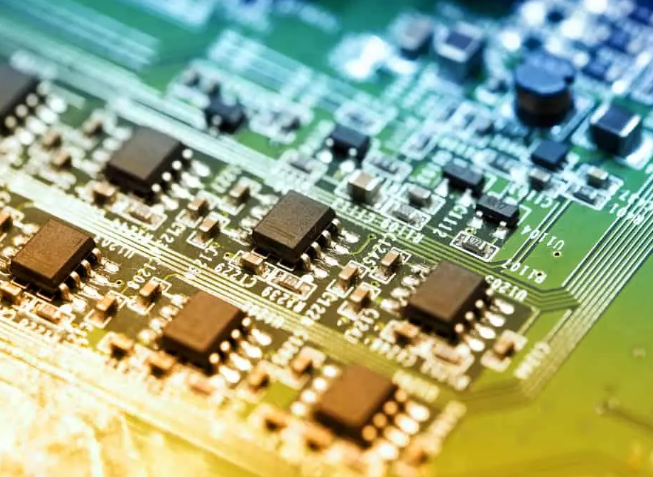Understanding Gerber Design for PCB Manufacturing

Key Takeaways
Understanding the significance of Gerber design in PCB manufacturing is crucial for anyone involved in the process. Gerber files serve as the backbone of the PCB manufacturing business, transforming intricate CAD layouts into actionable data that guide production. These files encapsulate not just the visual representation of your circuit board but also all necessary information for creating layers, patterns, and features on the PCB.
The impact of a well-crafted Gerber file on your overall PCB manufacturing cost cannot be overstated; it ensures accuracy and precision in production, minimizing errors and reducing material waste. Collaborating with reputable PCB manufacturing companies can also enhance this aspect by ensuring that they are adept at handling various filing formats and troubleshooting potential issues during file generation.
“An investment in quality Gerber design is an investment in reliability and efficiency for your PCB projects.”
In conclusion, keeping up to date with best practices in Gerber design will not only streamline your workflow but also directly influence the success of your custom PCB projects. For further insights into optimizing your designs for production, consider visiting resources like Andwin PCB. Remember, a well-prepared file today leads to a seamless manufacturing process tomorrow.
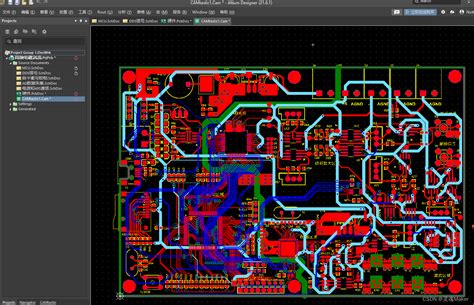
Introduction to PCB Manufacturing and the Role of Gerber Files
In the realm of PCB manufacturing, understanding the significance of Gerber files is crucial for anyone involved in the design and production process. These files serve as the backbone of your PCB manufacturing business, bridging the gap between your concept and the final product. They provide a comprehensive set of instructions that communicate your design’s specifications to PCB manufacturing companies, ensuring that every layer, trace, and component placement is accurately replicated during production. The information contained in Gerber files encompasses not only the visual representation of your circuit board layout but also vital data regarding drill holes, surface finishes, and more. This precision is essential for controlling PCB manufacturing cost, as any errors in this step can lead to costly mistakes later on. By investing time in creating well-structured Gerber files, you lay down a solid foundation that enhances efficiency and effectiveness in your manufacturing workflow. Therefore, having a clear grasp on Gerber design methods will not only expedite your projects but also contribute to a more streamlined PCB manufacturing process.
What are Gerber Files? A Detailed Overview
In the realm of PCB manufacturing, Gerber files play a pivotal role in transforming your designs from conceptual layouts into tangible electronic circuits. These files serve as a bridge between design and production, encapsulating all the necessary information for fabricating printed circuit boards (PCBs). Specifically, they contain essential data regarding various layers of the PCB, including copper traces, solder mask, and silkscreen layers. By standardizing these designs in a format recognizable by PCB manufacturing companies, Gerber files ensure that the intricate details of your layout are accurately translated into manufacturing instructions.
When you create a PCB design using computer-aided design (CAD) software, exporting it as Gerber files is often one of the final steps before moving forward in the PCB manufacturing business. This conversion is crucial for controlling costs; it can influence overall pcb manufacturing cost by directly impacting the efficiency of production processes. If errors occur during this stage—such as incorrect file formatting or missing layers—it can lead to significant delays and additional expenses. Therefore, understanding not just what Gerber files are but how to effectively prepare them is essential for anyone looking to navigate the complexities and nuances of PCB manufacturing successfully.

The Importance of Gerber Design in PCB Prototyping
In the realm of PCB manufacturing, effective design is paramount, and this is where Gerber design becomes crucial. You might find that Gerber files serve as the backbone for your prototypes, providing detailed instructions that bridge the gap between your innovative ideas and tangible products. When you send your designs to PCB manufacturing companies, they rely on these files to transform your electronic concepts into physical PCBs. The accuracy and precision of these files can significantly influence the overall PCB manufacturing cost; any discrepancies may lead to delays or additional costs during production.
When you understand the significance of quality Gerber design, you enhance your project’s potential for success, ensuring that your prototype functions optimally when it enters the testing phase. This reliable transition from concept to prototype allows you to iterate and refine your designs effectively, ultimately contributing to a more efficient PCB manufacturing business process. Engaging in this meticulous design practice not only streamlines production but also fosters a more competitive edge in an ever-evolving technology landscape. With well-constructed Gerber files in hand, you empower yourself to tackle complex prototyping challenges with confidence and clarity.

Translating CAD Layouts: From Design to Manufacturing
In today’s PCB manufacturing landscape, translating your CAD layouts into functional designs is a pivotal step that dictates the overall success of your project. The process begins with the generation of Gerber files, which serve as the universal language between design software and the manufacturing companies you choose to work with. These files accurately depict all necessary details such as traces, pads, and drill holes, ensuring that every aspect of your design is translated into physical reality. Understanding how to create these files effectively can significantly influence not only the production timeline but also the PCB manufacturing cost. By selecting a proficient PCB manufacturing business, you can streamline this translation process, minimizing the risk of errors that could lead to costly revisions. Moreover, being aware of how different companies interpret these designs allows you to make informed decisions and communicate effectively with your chosen manufacturer. Ultimately, mastering the intricacies of this translation process lays a strong foundation for successful PCB prototyping and contributes to enhancing your overall PCB development strategy.
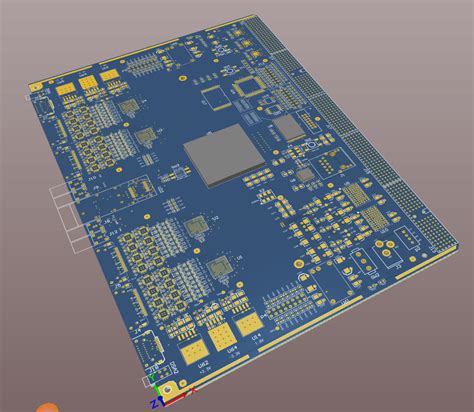
Comparing Output File Formats: Gerber vs. ODB++ vs. IPC-2581
When delving into pcb manufacturing, understanding the different output file formats available is crucial for the success of your project. The three primary formats you might encounter are Gerber, ODB++, and IPC-2581. Among these, Gerber files have long been the industry standard, especially favored by many pcb manufacturing companies due to their usability and broad acceptance. They effectively communicate individual layers of a PCB design, such as copper layers, silkscreen, and solder mask, ensuring that each detail is replicated correctly during production.
On the other hand, ODB++ offers a more integrated approach to design data by combining multiple layers into a single file, which can potentially streamline processes in complex designs. This can significantly reduce the pcb manufacturing cost associated with managing multiple files by simplifying data exchange between designers and manufacturers. Alternatively, IPC-2581 stands out due to its ability to embed additional information like test parameters or component data directly within the file, a feature beneficial for those involved in more advanced PCB strategies.
As you navigate through these formats, it’s essential to consider your specific needs within your pcb manufacturing business model. While Gerber files are pervasive for straightforward designs and prototyping phases, ODB++ and IPC-2581 provide advantages that could be beneficial for intricate projects or larger scale productions where communication and integration are key factors in lowering production delays or costs. Understanding these differences will empower you to choose the most appropriate output format for optimizing your manufacturing efficiency and achieving high-quality results.
Best Practices for Creating Gerber Files for Custom PCBs
When embarking on pcb manufacturing, it’s crucial to adhere to best practices for creating Gerber files, as these serve as the backbone of your manufacturing process. First, ensure that your design software is capable of exporting Gerber files in the proper format, as variations can lead to complications during production. Double-check that all layers—such as copper, silkscreen, and solder mask—are correctly defined and included. Using a consistent naming convention for layers will also facilitate better communication with pcb manufacturing companies.
Moreover, maintaining meticulous standards in your design will help in reducing errors that may inflate the pcb manufacturing cost. Consider utilizing DRC (Design Rule Checks) tools provided by your software to better validate your designs before generating Gerber files. This proactive step can minimize potential issues during fabrication and ensure a smoother transition from design to production.
Lastly, communicate with your chosen manufacturer early in the process to understand their specific requirements for Gerber file submissions. Each manufacturer might have nuanced preferences or file setup guidelines that, if ignored, could lead to unnecessary delays or extra costs in your pcb manufacturing business. By following these best practices, you not only streamline your workflow but significantly increase the likelihood of a successful and efficient PCB production cycle.

Troubleshooting Common Issues in Gerber File Generation
When you’re working on PCB manufacturing, generating accurate Gerber files is crucial. However, you might encounter common issues that could affect the functionality of your designs. One significant problem is the incorrect layer alignment, which can lead to misinterpretations during the manufacturing process. Always double-check that each layer is appropriately aligned and classified in your design software, ensuring compatibility with various PCB manufacturing companies. Skipped or duplicated layers can also create discrepancies in the rendered PCB layout, leading to increased PCB manufacturing costs due to revisions or production delays.
Another issue often faced is the incorrect use of drill file formats. A mismatch between the drill data and the Gerber files can result in poorly placed holes or, worse, incomplete boards. It’s essential to confirm that all formats adhere to standard practices recognized within the industry. You should also be aware of potential output errors from your software; regularly reviewing error reports can save you time and prevent costly mistakes during your PCB manufacturing business’ production runs.
By proactively troubleshooting these problems and understanding how they impact your designs, you can streamline production and enhance the reliability of your PCBs, ultimately optimizing both quality and cost-efficiency in your manufacturing processes.
Conclusion: Optimizing Your PCB Manufacturing Process with Gerber Design
In your pursuit of efficient PCB manufacturing, understanding the intricacies of Gerber design is vital. By leveraging Gerber files, you can seamlessly transition from digital designs to physical products, ensuring accuracy and consistency in the manufacturing process. This not only minimizes errors but also significantly reduces the PCB manufacturing cost. Working with reputable PCB manufacturing companies can further enhance your project’s success, as they often require impeccably crafted Gerber files to fulfill your design specifications. Whether you are involved in a small-scale PCB manufacturing business or a larger operation, prioritizing best practices in Gerber design will position you favorably within the competitive landscape of electronics manufacturing. By keeping abreast of these principles, you not only optimize production timelines but also elevate product quality, ultimately leading to satisfied customers and comprehensive market reach.
Conclusion: Optimizing Your PCB Manufacturing Process with Gerber Design
In today’s fast-evolving landscape of PCB manufacturing, understanding the intricacies of Gerber design is crucial to streamlining your production process. By ensuring that you work with accurate and well-prepared Gerber files, you can significantly reduce the PCB manufacturing cost and enhance collaboration with PCB manufacturing companies. The precision of these files directly impacts the effectiveness of your transitions from design to fabrication, leading to better quality in the final product. Whether you’re operating a specialized PCB manufacturing business or just managing small-scale projects, mastering the principles of Gerber design allows you to avoid common pitfalls that can arise during file generation. This understanding ultimately leads to a more efficient workflow, ensuring your custom PCBs are created quickly and accurately while meeting all necessary specifications. Emphasizing these best practices in your operations will undoubtedly optimize your workflow and contribute positively to your overall success in this competitive industry.
FAQs
What are Gerber files used for in PCB manufacturing?
Gerber files are essential in PCB manufacturing as they provide the necessary information to create the different layers of a PCB. They translate your design from CAD software into a format that production machinery can read, ensuring that everything from traces to holes is accurately replicated.
How do I ensure my Gerber files are error-free before sending them to a PCB manufacturing company?
To avoid errors, you should always validate your Gerber files using software tools specifically designed for this purpose. Checking for common issues like missing layers, incorrect dimensions, and incomplete design data can significantly reduce complications during production.
What factors influence the PCB manufacturing cost?
The PCB manufacturing cost is influenced by various factors including complexity of the design, the number of layers, material choices, and production volume. It’s essential to consider these elements when budgeting for your PCB manufacturing business.
Can I use Gerber files for prototypes?
Yes, you can use Gerber files for prototypes. In fact, they play a crucial role in PCB prototyping, as they provide the precise instructions needed to create a functional board based on your initial design.

